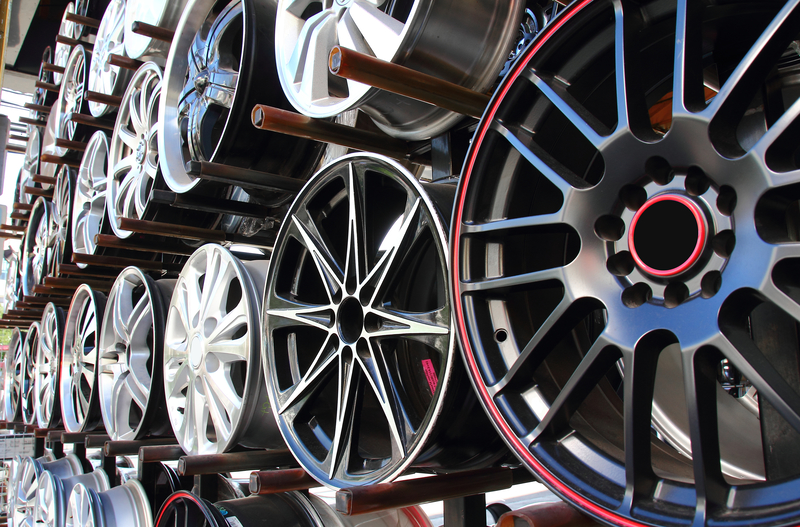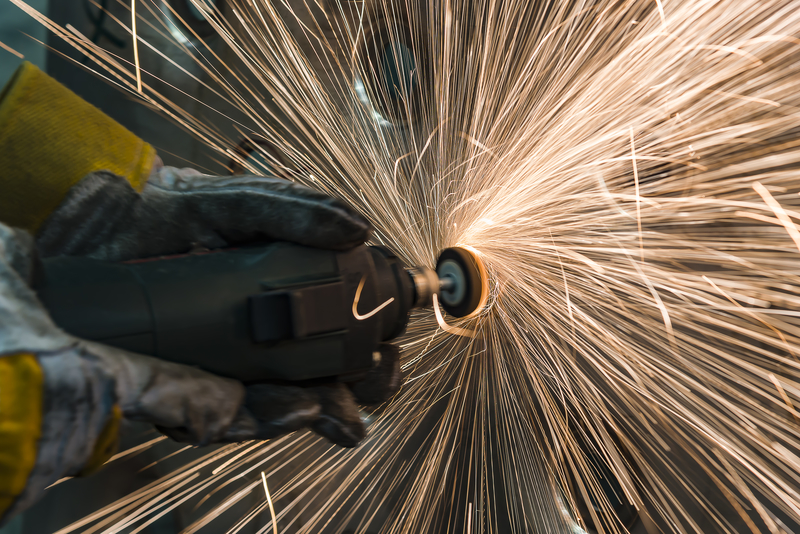How Do Diamond Cutting Lathes Work?
Diamond-Cut Finish Alloys
When it comes to the subject of alloy wheels, diamond cutting lathes will quickly come up. In recent times diamond-cut finish alloys have been an increasingly popular customisation, and they are being fitted in more and more vehicles.
Now for the diamond cutting to take place, something called a lathe is required. A lathe is a tool which rotates a work piece about an axis of rotation to perform various operations, in this context, we are focusing on its operation of cutting. The work piece in use is usually held in place by either one or two centres, one of which will usually be able to have a horizontal movement to accommodate different work piece lengths. It is worth noting that today, in the context of the lathes we are looking at, modern technology has allowed us even more advanced features that include some computerised options. A lathe can be quite large, but smaller space-saving options are also becoming increasingly trendy as they help more space in a work area to be freed up.
Alloy Wheel
You can find lathes being used in wood-turning, metalworking, metal spinning, thermal spraying and glass-working among other areas of use. As stated, in terms of alloy wheels, a lathe can be used for the creation of diamond cut alloys. This is an alloy wheel which has been placed on a lathe and either part of the painted surface or the whole of the painted surface of the wheel has been machined off to leave a shiny alloy finish. A small amount of the actual alloy would be machined off to create its finish.

Diamond Cutting
Diamond cutting is a precise process and would take longer to complete than other finishes such as a powder coat, the effect is also not likely to last as long. The process involves removing a thin layer of alloy from the wheel. Diamond cut wheels are only able to be refurbished a few times, otherwise, too much alloy would eventually be removed. Sure a few light scratches, not so bad, these can be touched up quite a bit. But when it comes to something a bit more substantial, you are more limited to repair amounts. Although there are plenty of good selling points to diamond cut wheels, like with anything there are some disadvantages, one being that corrosion is very common. However, this can be repaired. It is worth remembering though that if a repair job is needed on diamond-cut alloys, it is not easy to have it repaired with a mobile format, because of the need for a diamond cutting lathe.
Impressive Results When Applied To Full Face
You can have some impressive results when diamond cutting is applied to the full face and lip of a wheel and also combined with an application of base coat paint. If you have purchased a car, or have one in which you are looking at and are wondering if the wheels are diamond cut or not, look up close-you should see very fine lines which were created by the cutting machine and not a very shiny appearance. The only thing to watch out for is that this is harder to see on a wheel of lesser quality, or if it has become old or corroded. And if you have bought a car without diamond cut alloys but would like your wheels to be diamond cut, unfortunately, you need to consider that not all wheels can be diamond cut, it will depend on the profile of the face of the wheel, so if in doubt it is best to seek help from a specialist.
We hope you have a better understanding of diamond cutting lathes. If you have any questions or wish to get in contact with us, visit our contact page or call us on 01604 600581.

